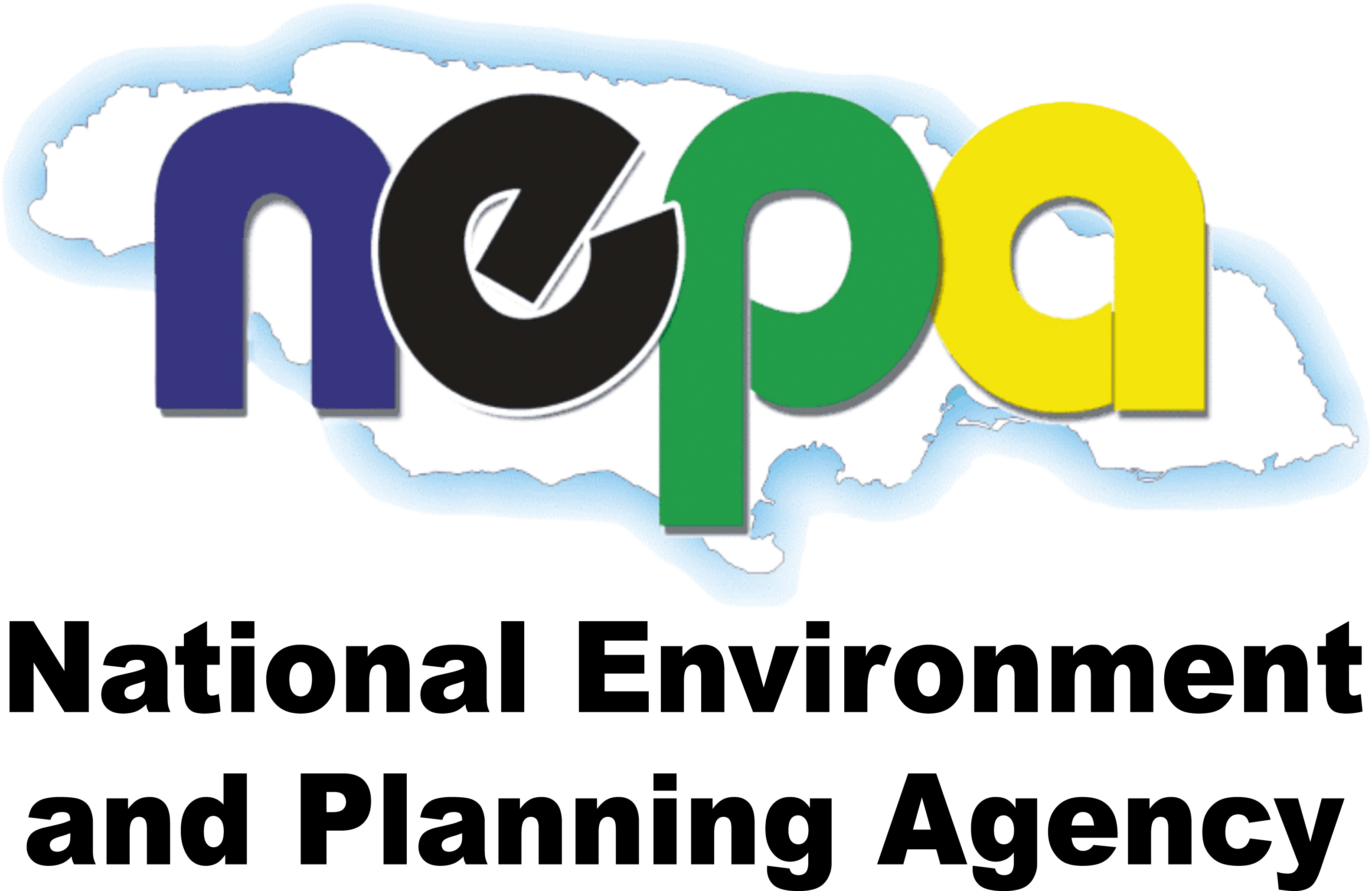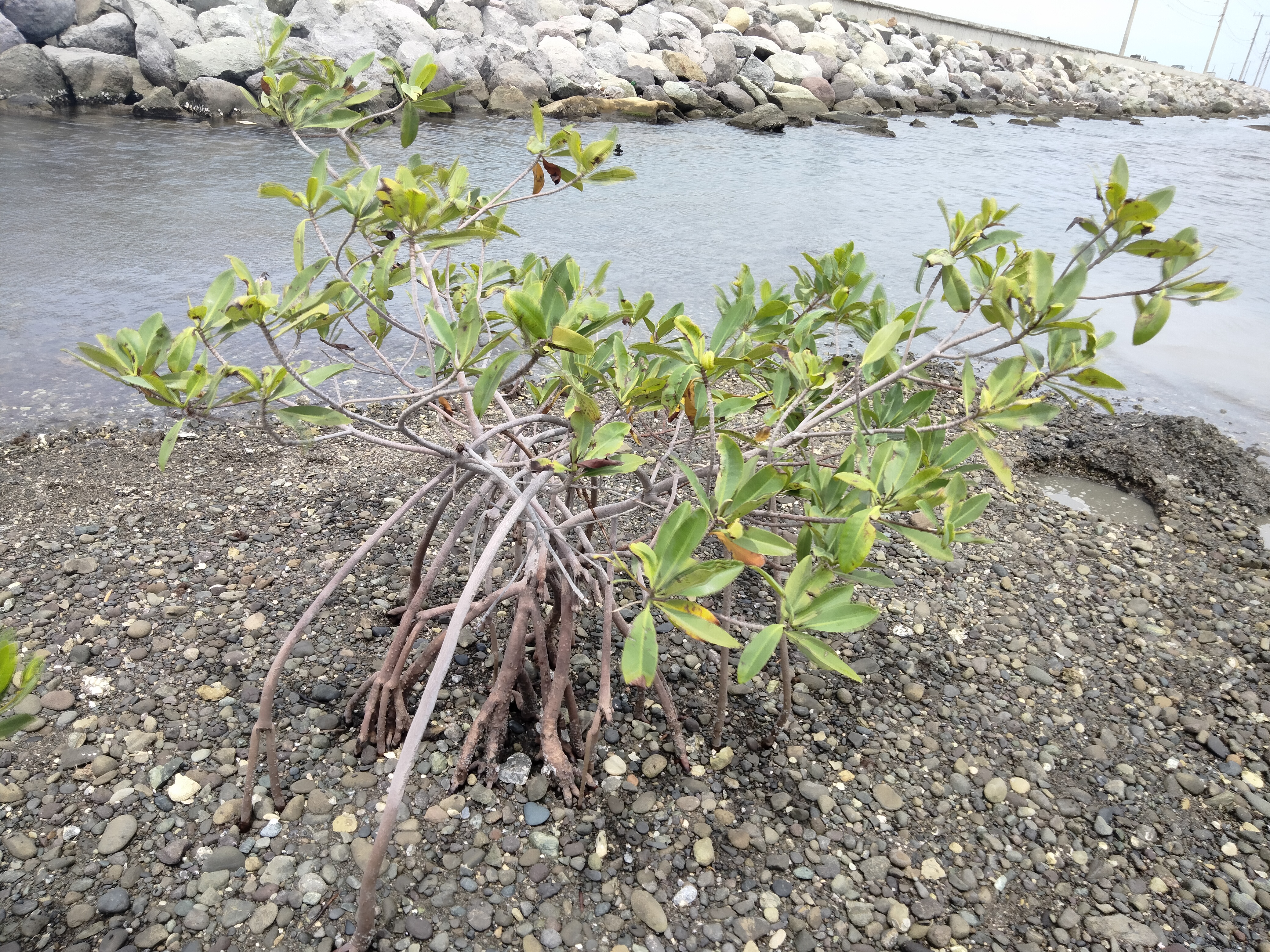450 Mangroves saplings replanted along the Palisadoes strip to support ecosystem restoration
Published Date: June 24, 2022
Attention: All News Editors
KINGSTON, Jamaica
24 June 2022
Newly planted mangrove saplings along the Palisadoes Strip on 21 June 2022
On 21 June 2022, the National Environment and Planning Agency (NEPA) and the University of the West Indies– Centre for Marine Sciences (UWI-CMS) planted 450 mangrove saplings along the Palisadoes strip within the Palisadoes-Port Royal Protected Area (P-PRPA) and Ramsar Site.
This replanting exercise is part of a larger project continuing from the 2021 National Environmental Awareness Week Mangrove Replanting session, where 20 red mangrove saplings were planted in a degraded mangrove wetland along Palisadoes roadway on 5 June 2021.
Speaking after the event, Anthony McKenzie, Director, Environmental Management and Conservation Division, NEPA, indicated that “as we continue to commemorate the United Nations Decade on Ecosystem Restoration, the nation can expect to see more projects of this nature. The Agency will also remain committed to investing in initiatives strengthening the nation’s climate resilience to natural hazards and climate change risks.” Other partner organizations, including academia, are also expected to join in support of the protected area’s overall conservation goals.
He added, “we are also grateful for the UWI’s support in this project’s implementation and volunteers from Concentrix, Radio Jamaica 94 FM, the Forestry Department and residents from the Port Royal Community who were on hand to plant the mangroves.”
Dr Camilo Trench, Academic Coordinator, UWI-CMS Discovery Bay Marine Laboratory, explained that “an assortment of red, white and black mangroves were planted on three islets along the strip.” He explained, “in five years, the public can expect the plants to be approximately 2.5 metres high on average, producing seedlings that will strengthen the ecosystem of the Kingston Harbour and the P-PRPA.”
-more-
Results of ongoing monitoring and next steps
The 20 saplings planted in 2021 have shown a 100% survival rate, growing by 0.5 metres high on average. In their current state, it is expected that some of the plants will soon begin flowering, producing new plants. The 450 saplings planted this week will be monitored by the UWI until 2027.
- Log in to post comments

